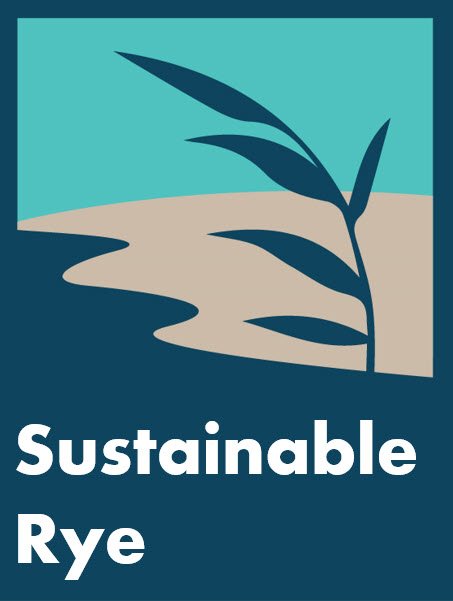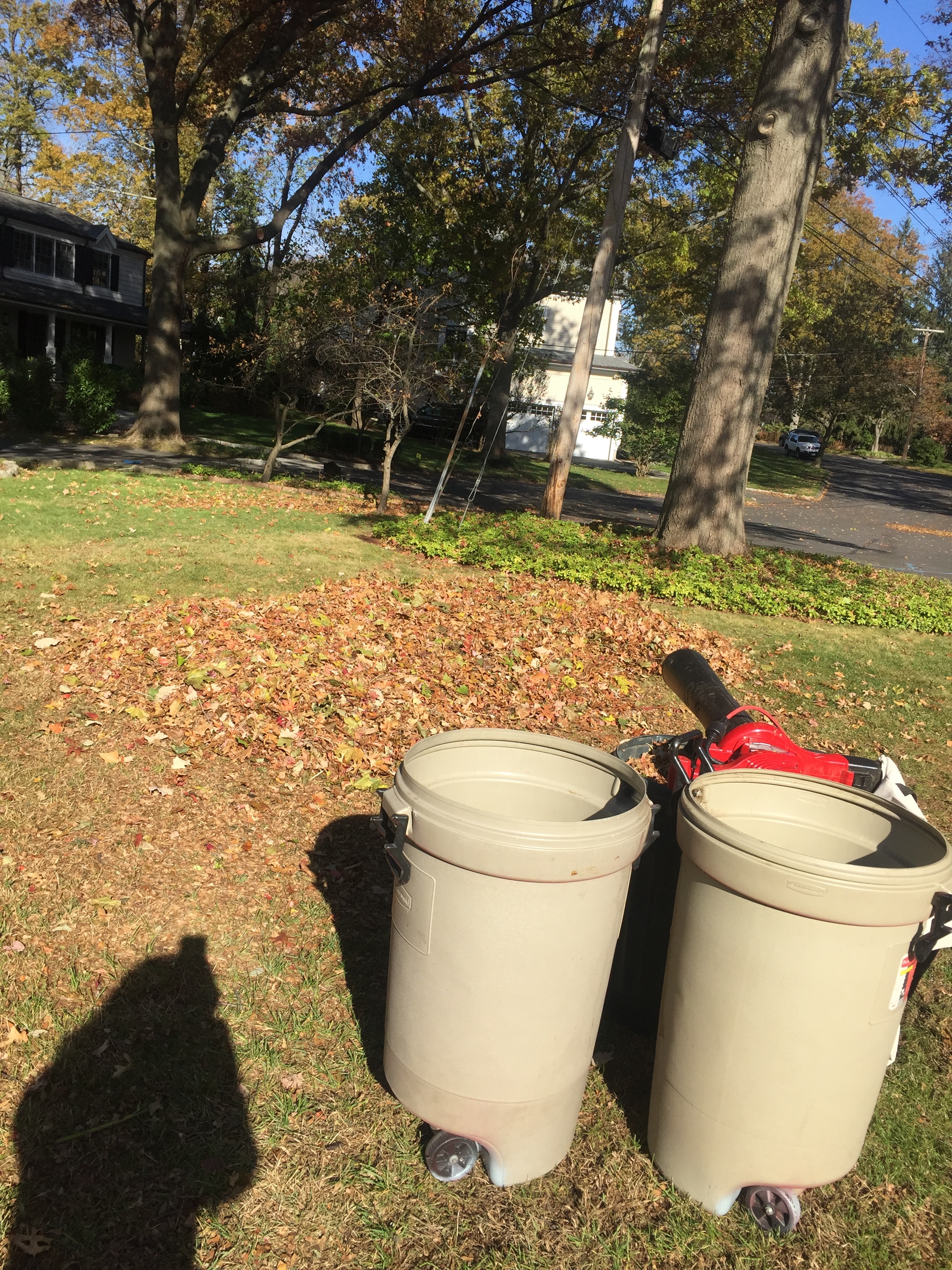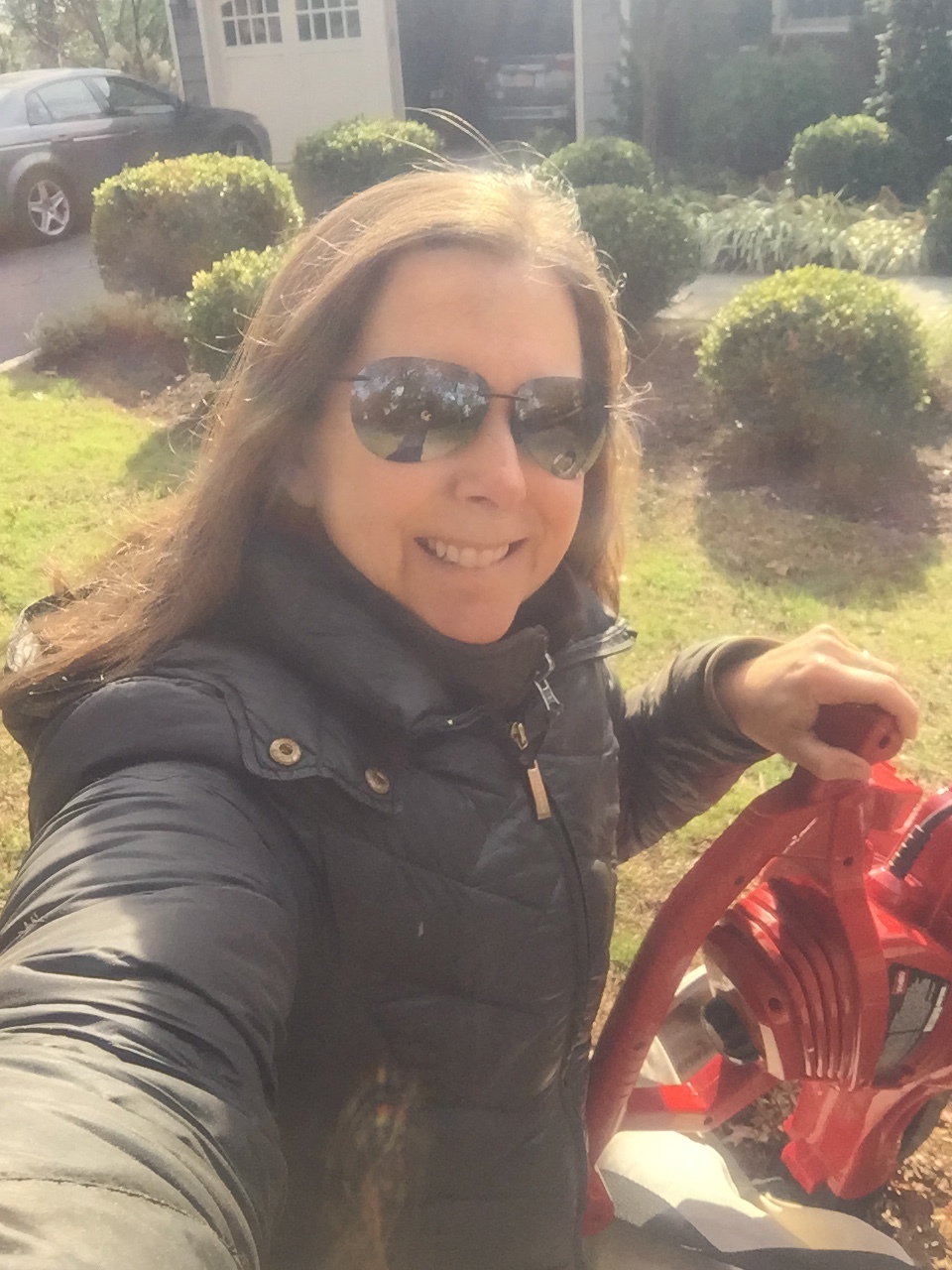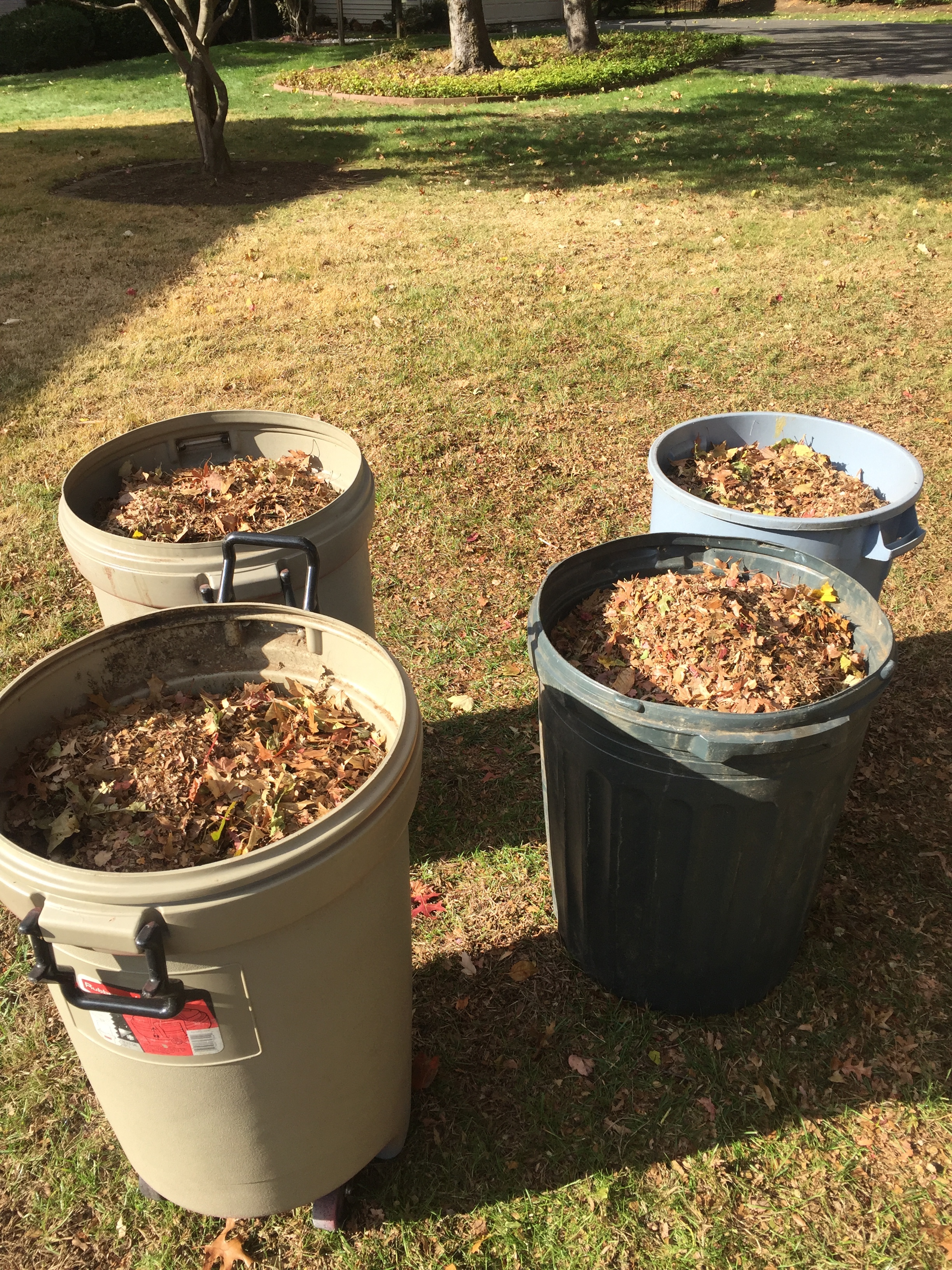Leaf Mulching
What is IT?
It’s a pretty simple concept: Instead of getting rid of the leaves that fall on your property, shred them, spread them, and leave them in place as a natural fertilizer.
How Do I Do It?
Mulched leaves fertilize lawns and flowering beds.
Equipment: A leaf shredder or lawn mower
A Few Easy Steps:
Mow over or shred accumulated, dry, leaves on your lawn.
Shred the leaves into smaller pieces in order to increase surface area and allow air and water to penetrate the soil.
Spread a 3” - 4” layer of excess shredded leaves on garden beds or around plantings.
Compost and/or save any remaining leaves for future use. They can be stored until spring and used as mulch.
Why Should I Mulch?
Leaves falling off trees return important nutrients back to the soil. This no-maintenance natural system keeps soil covered and naturally fertilized. With the introduction of modern lawn care last century we interrupted this cycle, leaving soil exposed with those nutrients literally removed and hauled away. Your soil is begging you to reconsider those leaves and finally leave them! It’s time to break them up and mulch them over your lawn.
When leaves are mulched over your lawn they provide a vital - and natural - service. First, they keep small gaps covered. Your lawn lacks a sweater to hide under and it hates to be bare. Mulching leaves provides a fine layer of protection that keeps heat and moisture in your soil over the winter months.
Keeping your soil covered also contributes to weed suppression. If your soil has a fine layer of mulched leaves, those spring weed seeds have a more difficult time making contact with the soil and are unable to germinate. Your grass is dormant, but weed seeds are actively seeking a new home. As leaves break down over winter, earthworms feed on them, weaving their way up and around the soil, naturally aerating it.
Finally, mulched leaves return important minerals and nutrients taken by the tree from the ground, back to the ground leaving a naturally fertilized soil for your lawn to grow. Mulching your leaves over your lawn will not kill your grass; it will make it stronger. How is this achieved? There are a number of ways to work with your landscaper or mulch leaves in place yourself. The resources below will help you get started.
MULCHING WITH A LANDSCAPER
Fall is the time to talk to your landscaper!
Leaf Mulching Demo at Rye Nature Center
Many landscapers have leaf mulching attachments available upon request. If your landscaper does not have one, they can mow a fine layering of leaves without it. Please request they consider purchasing one. If you manage your own lawn, there are an abundance of YouTube videos available to do it yourself.
If you’re considering a new landscaper, consult Rye Sustainability’s landscaper directory for a list of suggestions. Working with a lawn care professional committed to natural landscaping practices is an important component to achieving a truly healthy yard.
MULCHING YOURSELF
After watching Rye Sustainability’s 2017 leaf mulching demo at Rye Nature Center, Rye resident and RSC member Linda Mackay was inspired to buy a leaf mulching blower and mulch her own leaves.
Linda reports that turning the leaves into mulch was very satisfying and only took an hour. It was very easy to manage and she had lots of mulch to spread around her beds.
Rye Sustainability Chair Melissa Grieco leaves leaves alone in her yard and doesn’t cut back her perennials. Leaving the leaves provides natural fertilizer for the soil and protects the topsoil from erosion. By not deadheading and cutting back stems, she provides a habitat for insects, birds and small mammals to overwinter in.
Insects, birds and mammals that pollinate and disperse seeds have evolved with plants and depend on them for food and shelter. Many butterflies and other insects overwinter as eggs, caterpillars, pupae or adults. Each life stage has different requirements; overwintering stages need the surfaces, cavities and insulation that dead plants and leaves provide.
RESOURCES
Department of Environmental Conservation: What To Do With Fall Leaves
Department of Environmental Conservation: Newsletter on Leaf Mulching
Rye Sustainability: It’s Fall: A Perfect Time to Switch to Natural Landscaping
National Wildlife Federation page and blog post detailing the benefits of brush and leaf shelter for wildlife.
Check the Rye Healthy Yard Section for more information on how to keep a beautiful, natural yard. Take the RHYP Pledge!








